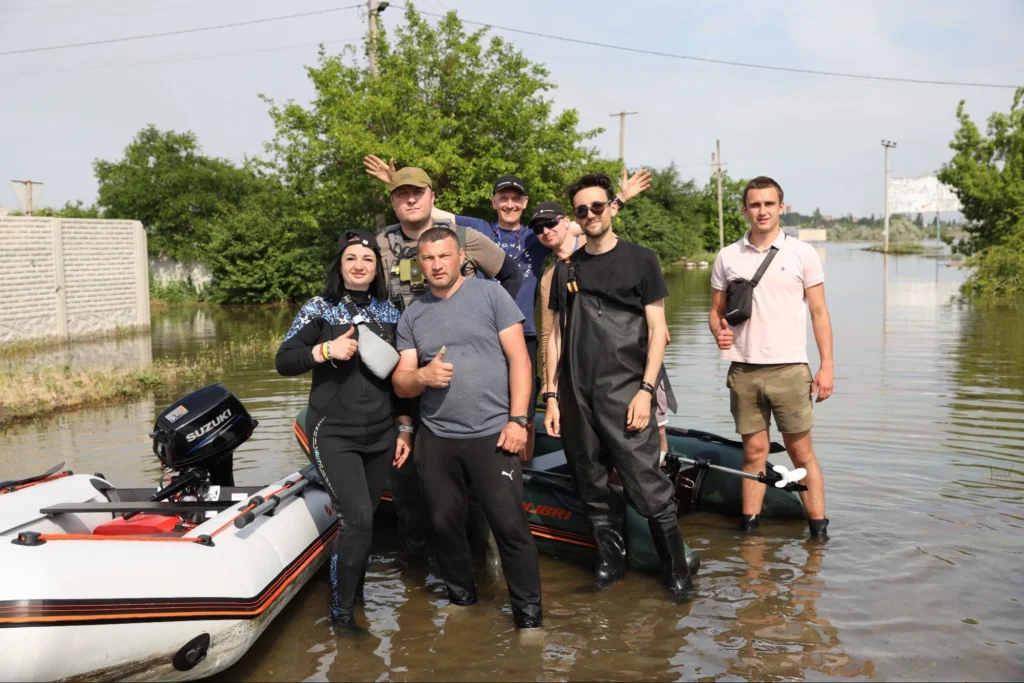The surprising link between the war in Ukraine and hurricanes in the US

Russia’s war in Ukraine has many victims, and the world environment is one of them. According to the Initiative on GHG Accounting of War, the total emissions of the first 18 months of the war amount to 150 million tons of CO2, which is more than the annual greenhouse gas emissions of a highly developed European country like Belgium.
The impact of the war on the environment is truly devastating. Ukrainian air, soil, and water are polluted on a daily basis as a result of Russian attacks. Out of 150 million tons of carbon dioxide emissions, 25% come directly from warfare, mainly due to the fossil fuel consumption of the Russian and Ukrainian armies. Fires that occur as a result of fighting account for 15%. The biggest share, around 54.7 million tons, is the estimated cost of rebuilding Ukrainian cities and towns damaged by the war. To climate scientists, it doesn’t come as a surprise, with the construction sector responsible for one-third of the global carbon dioxide emissions each year.
Increased emissions and climate change accelerated by them send ripples through the world. As the climate changes, hurricanes in the US get worse. This happens because warmer oceans and more moisture in the air provide fuel for stronger storms. Hurricanes become more frequent and severe, causing more destruction.
The war continues and changes the world in many ways, in Ukraine and far beyond. Most importantly, it causes great damage to the Ukrainian land and the Ukrainian people. The missions of Rescue Now support the people whose lives were disrupted by the war, empowering them to take better care of themselves and their communities. With the support of friends and allies, we know we can build a strong Ukraine and a peaceful, sustainable world.